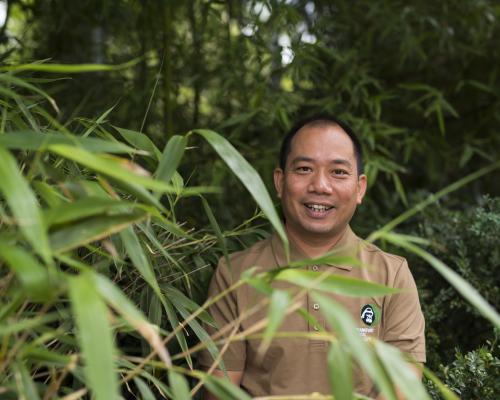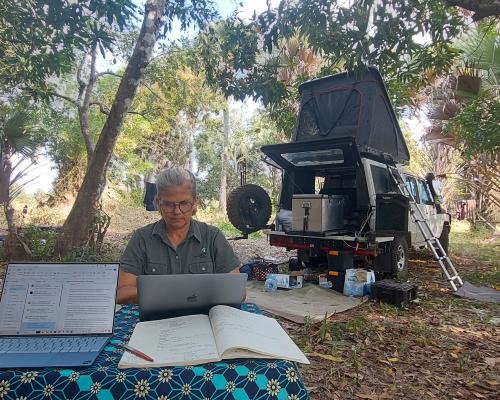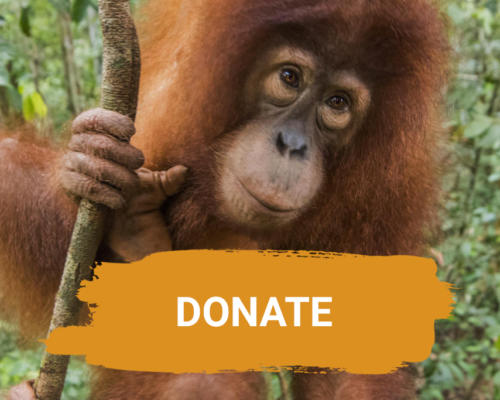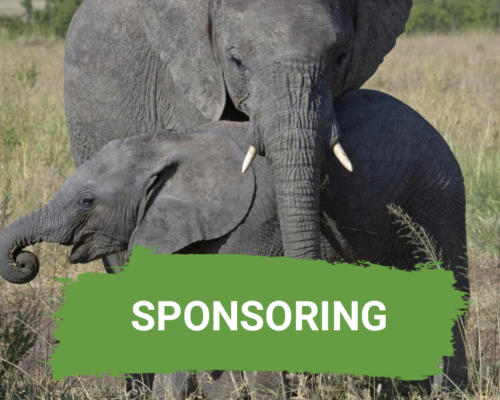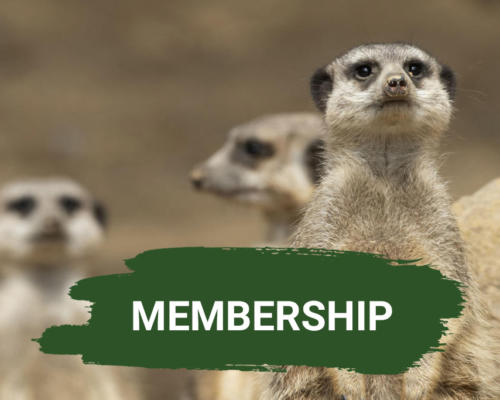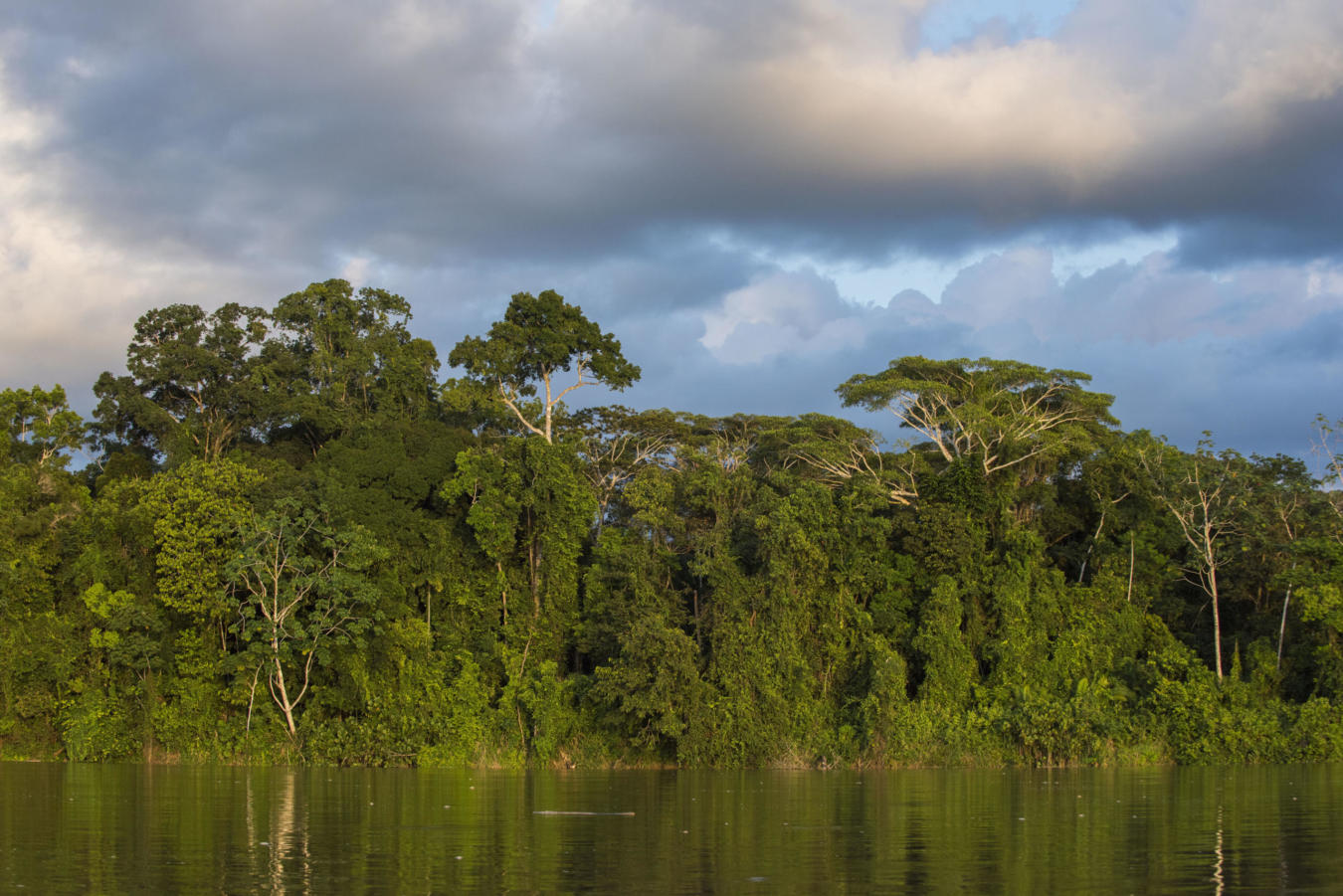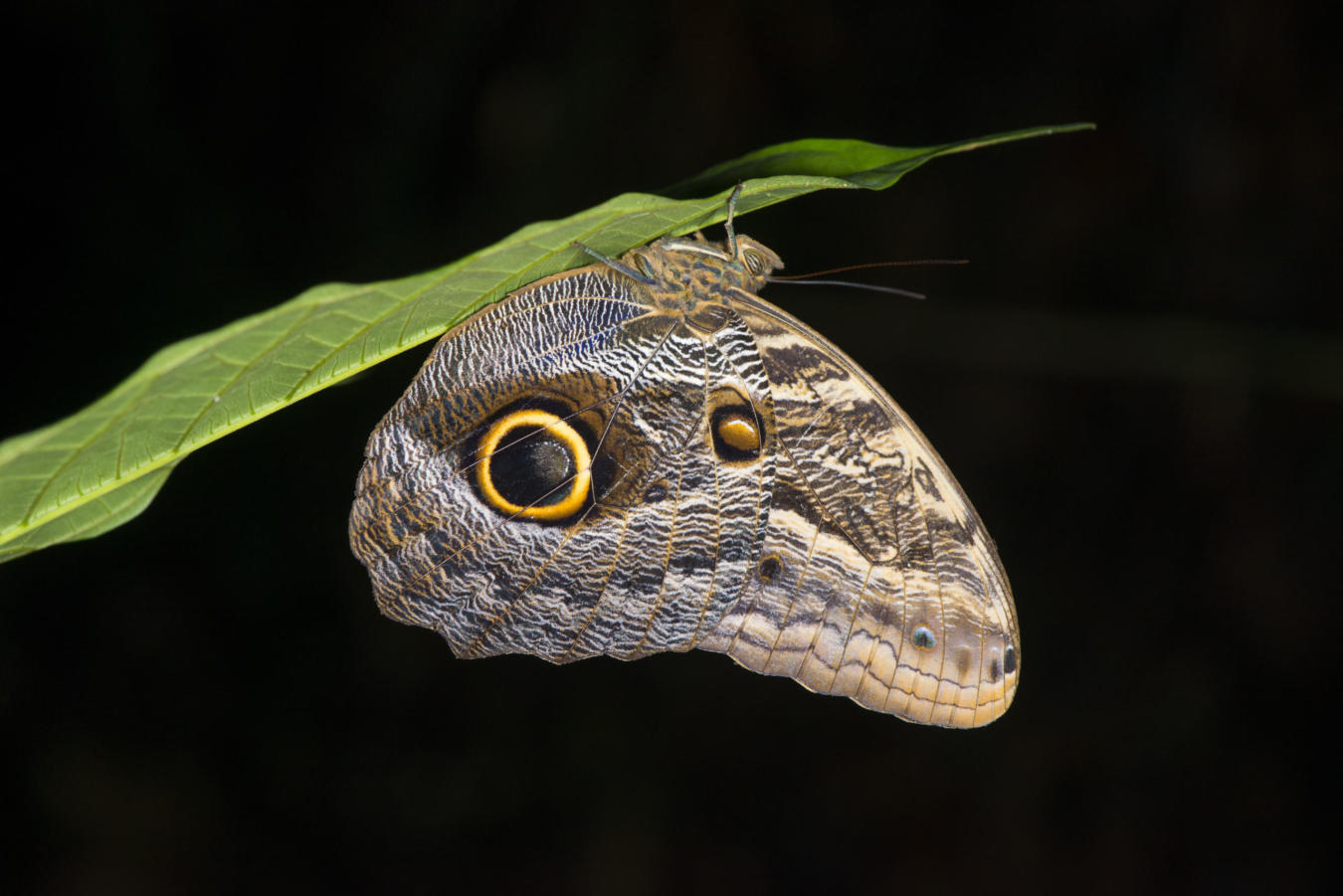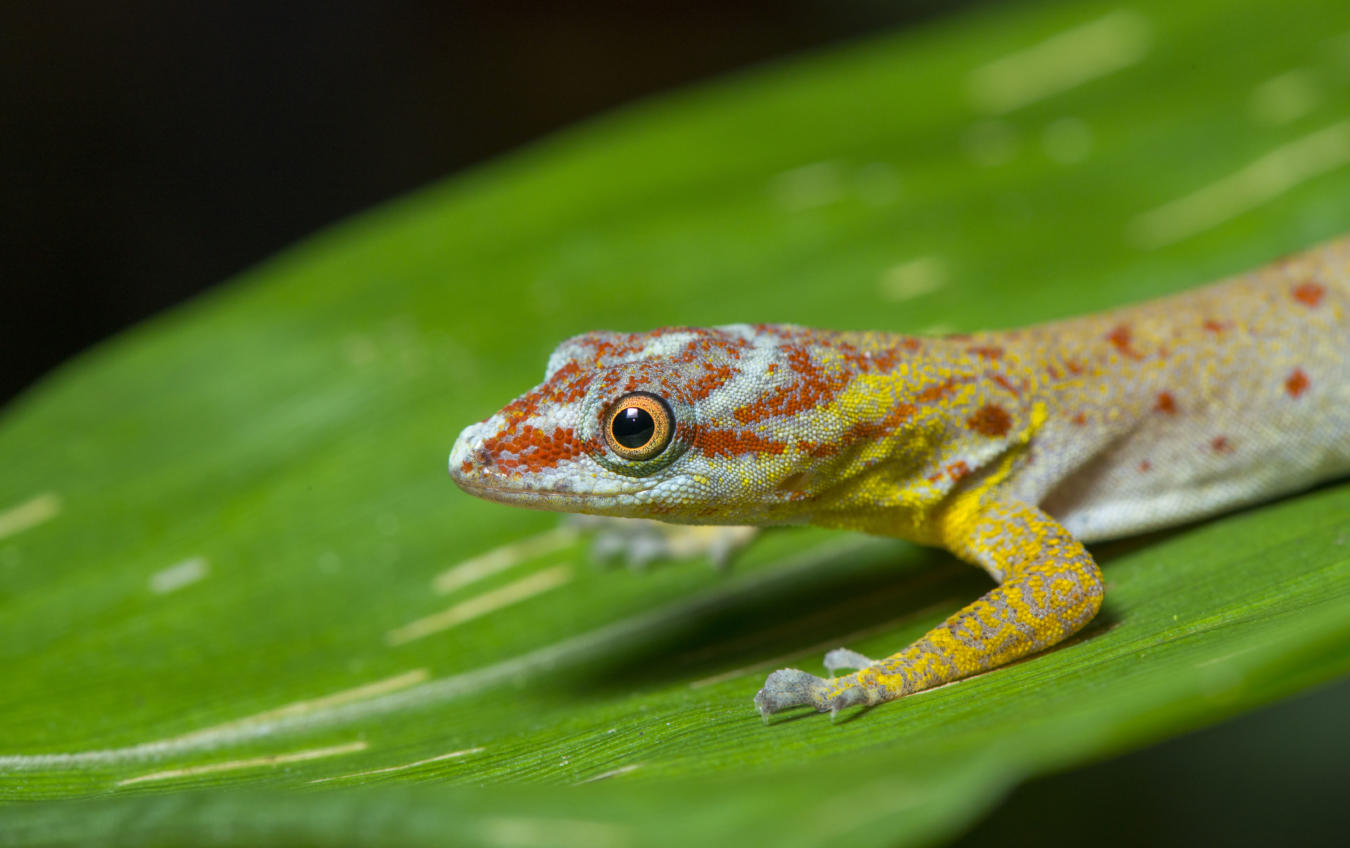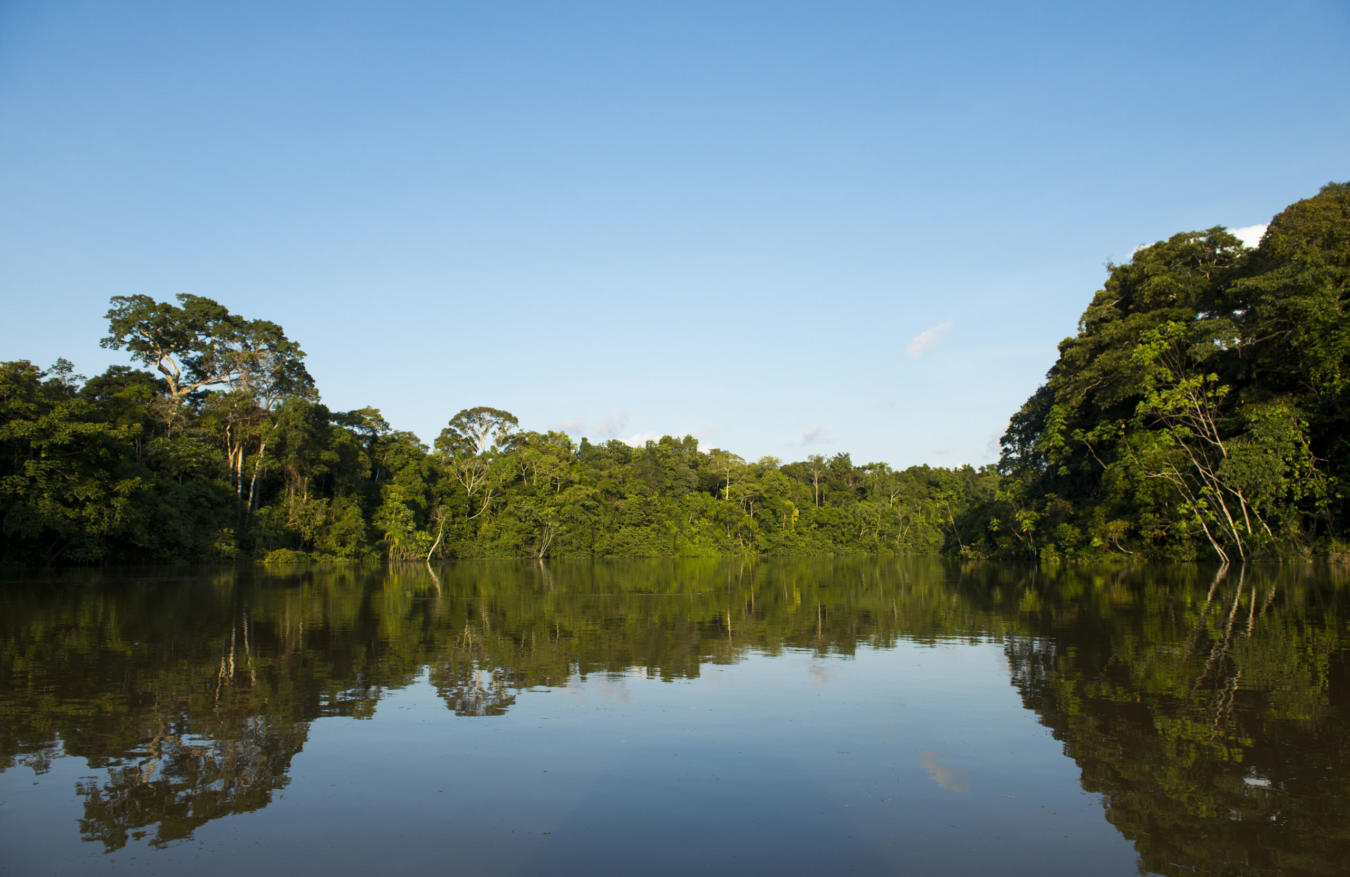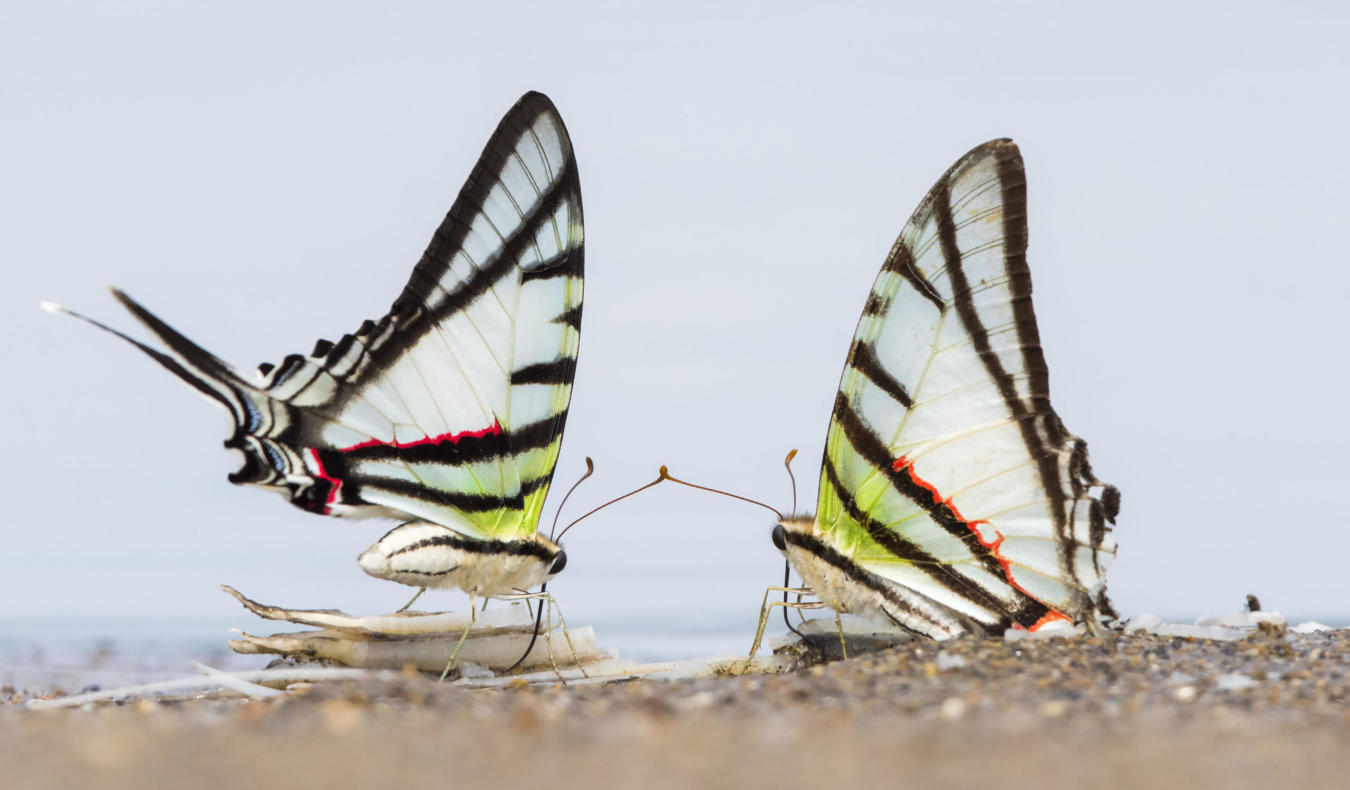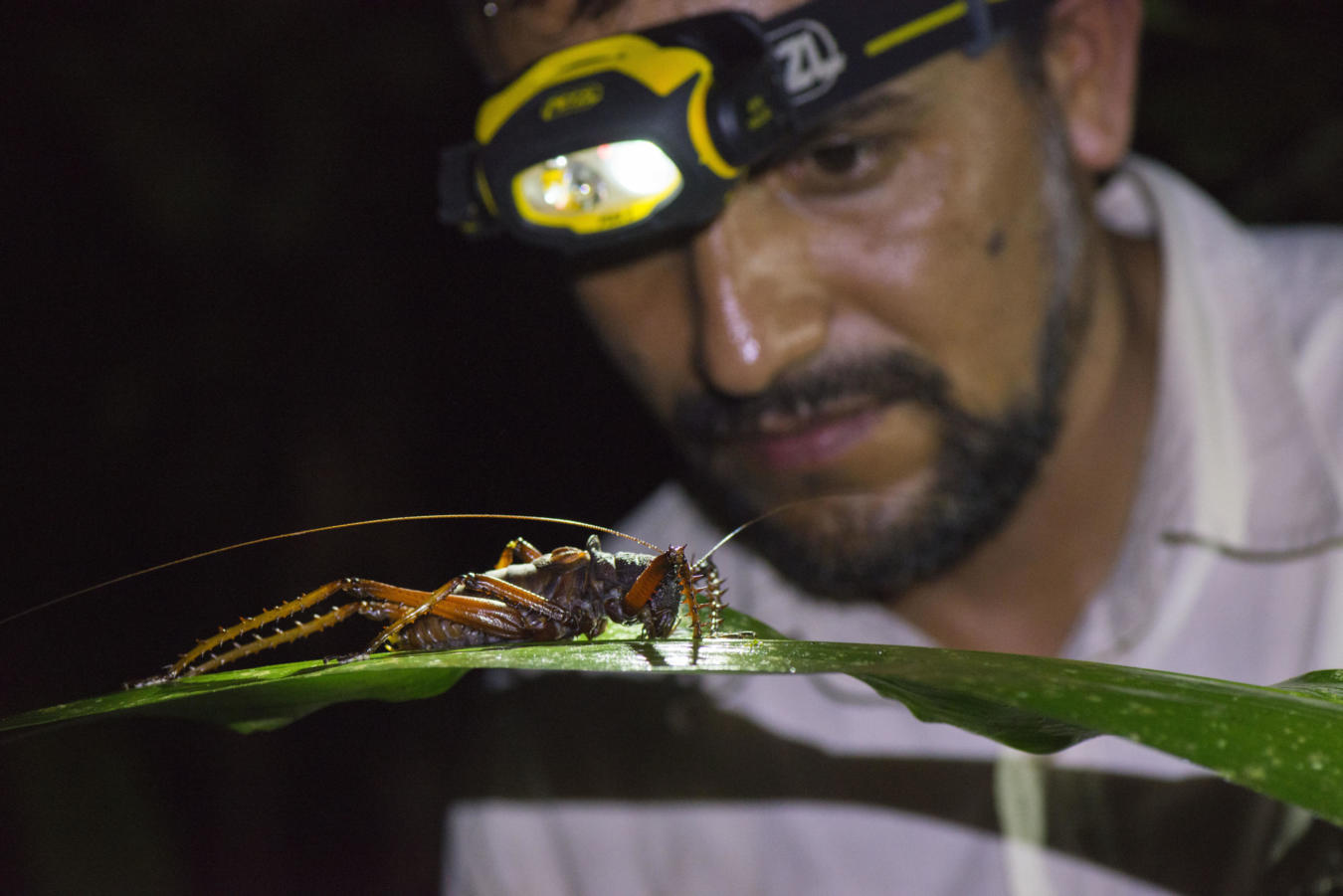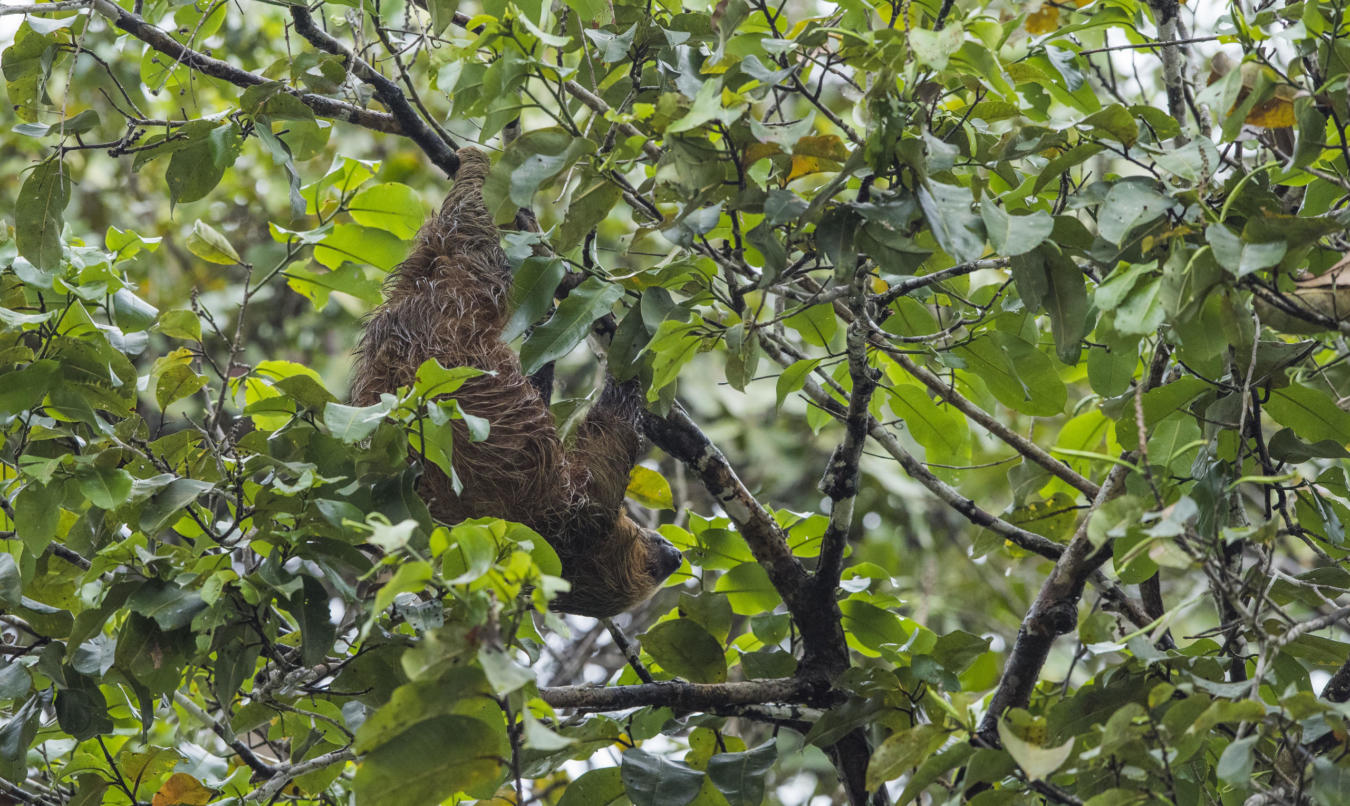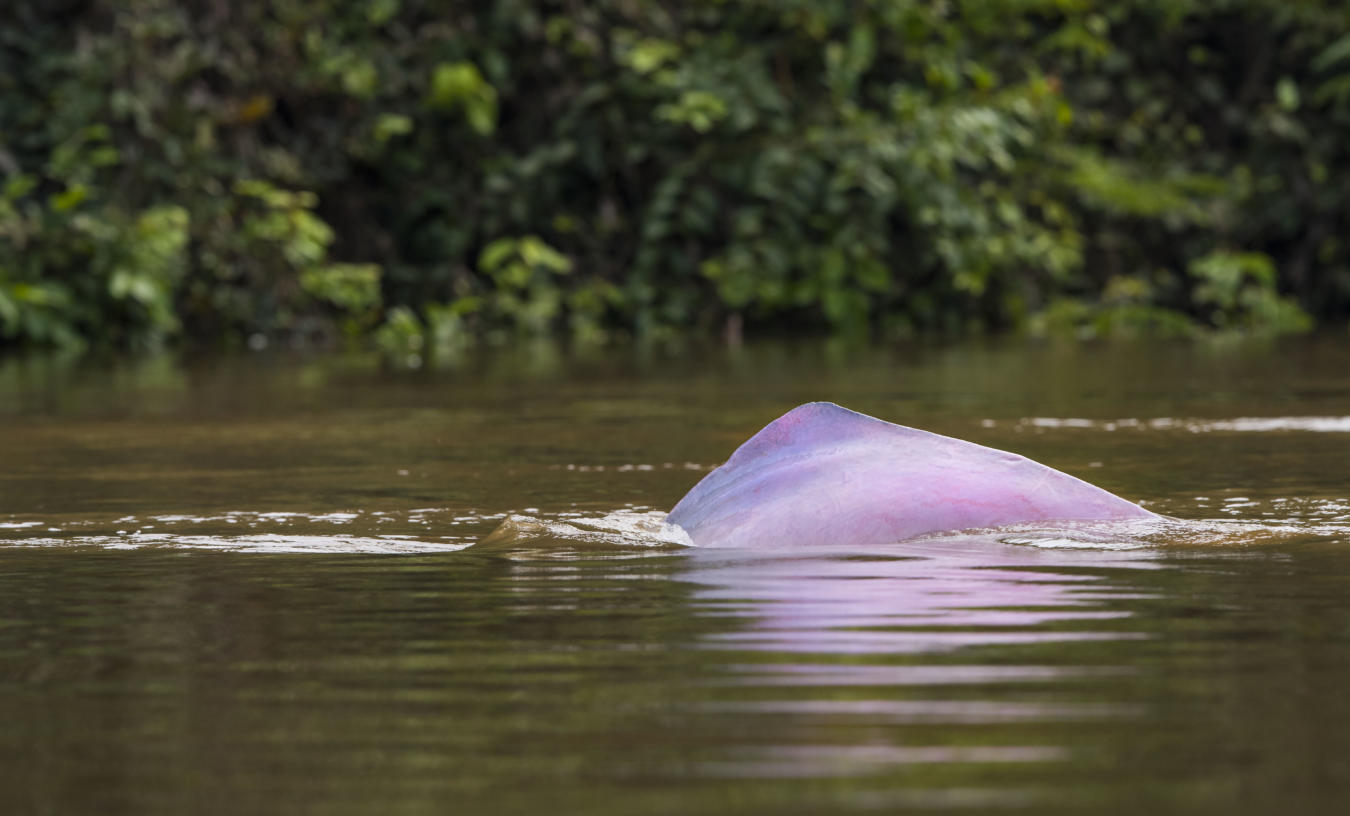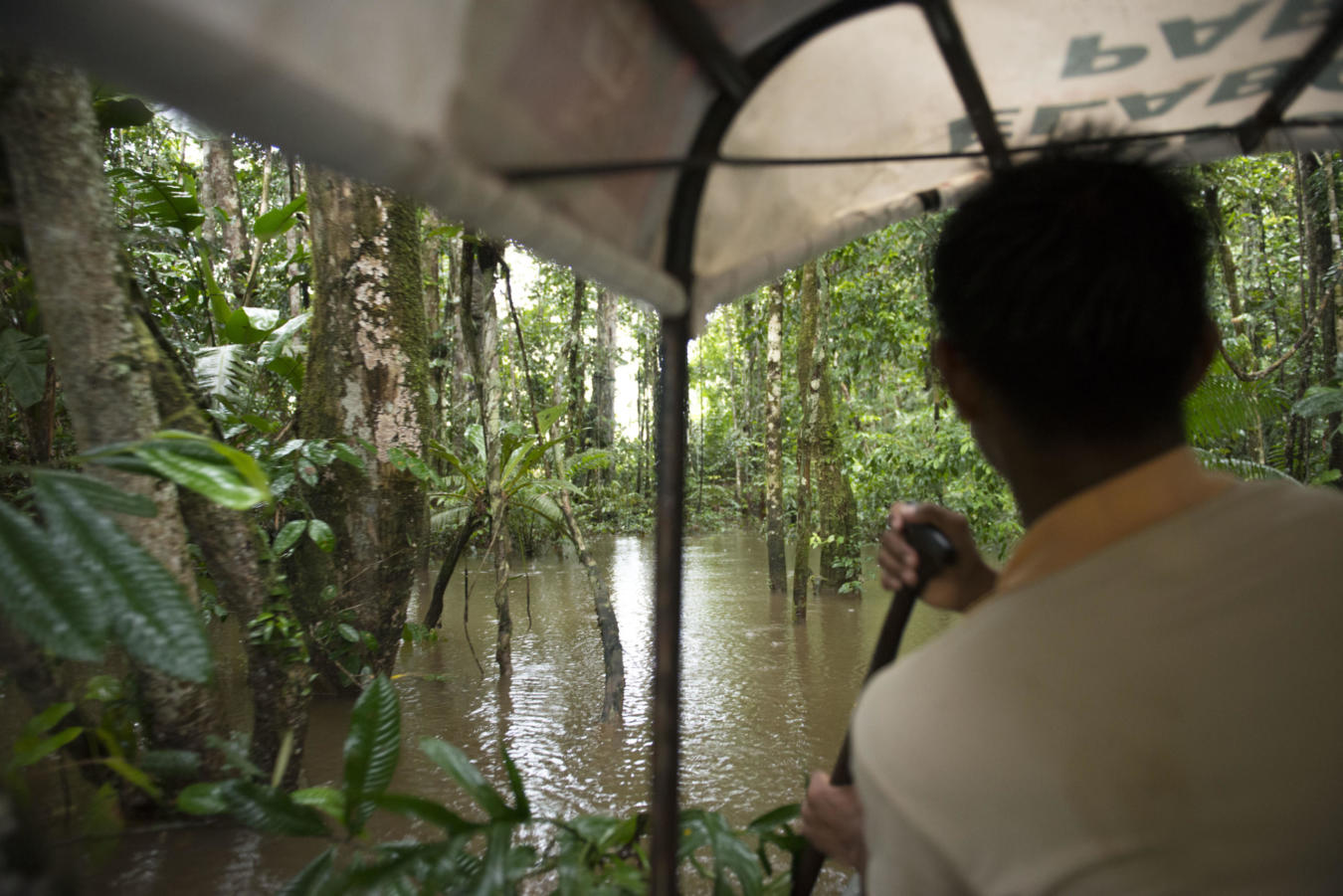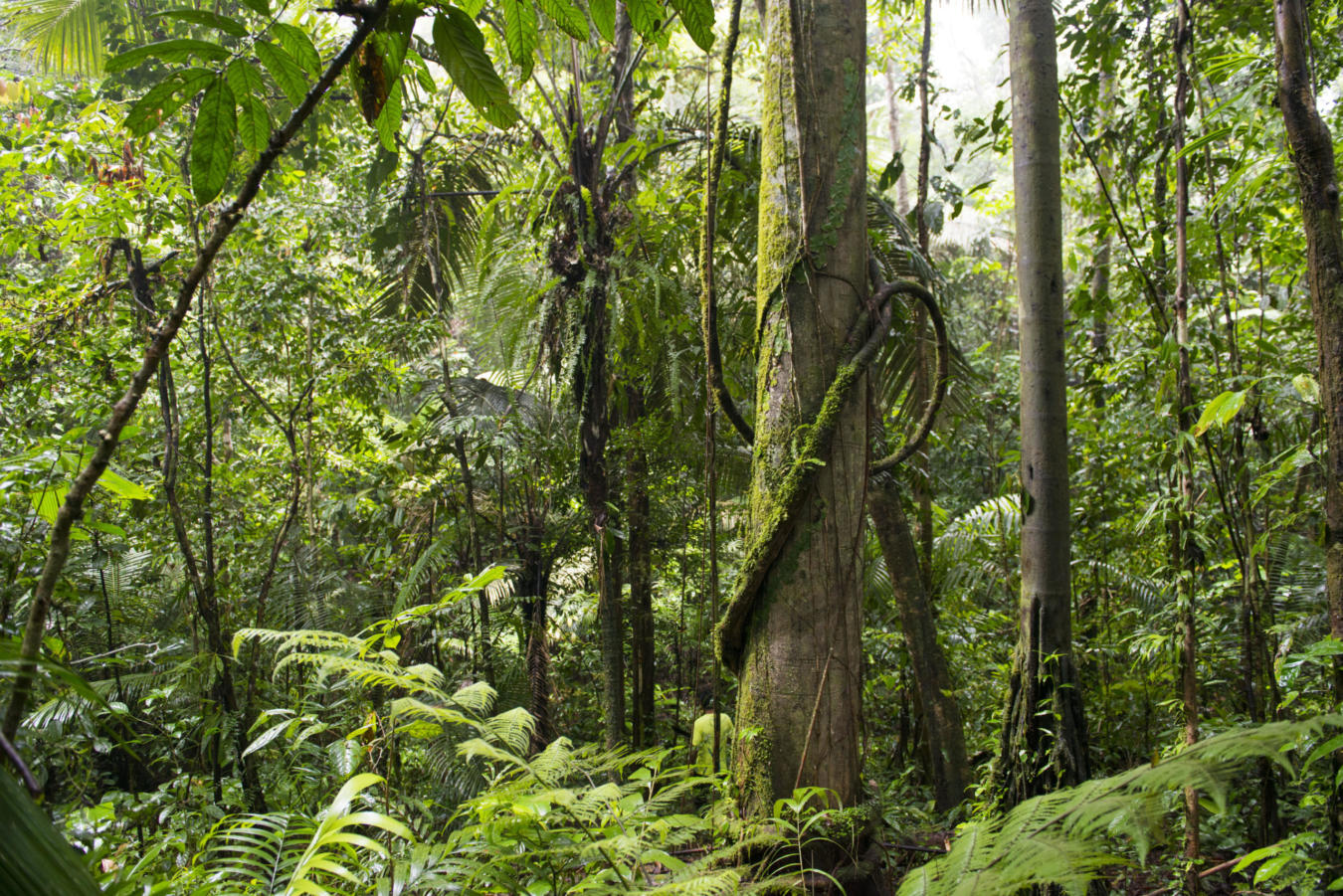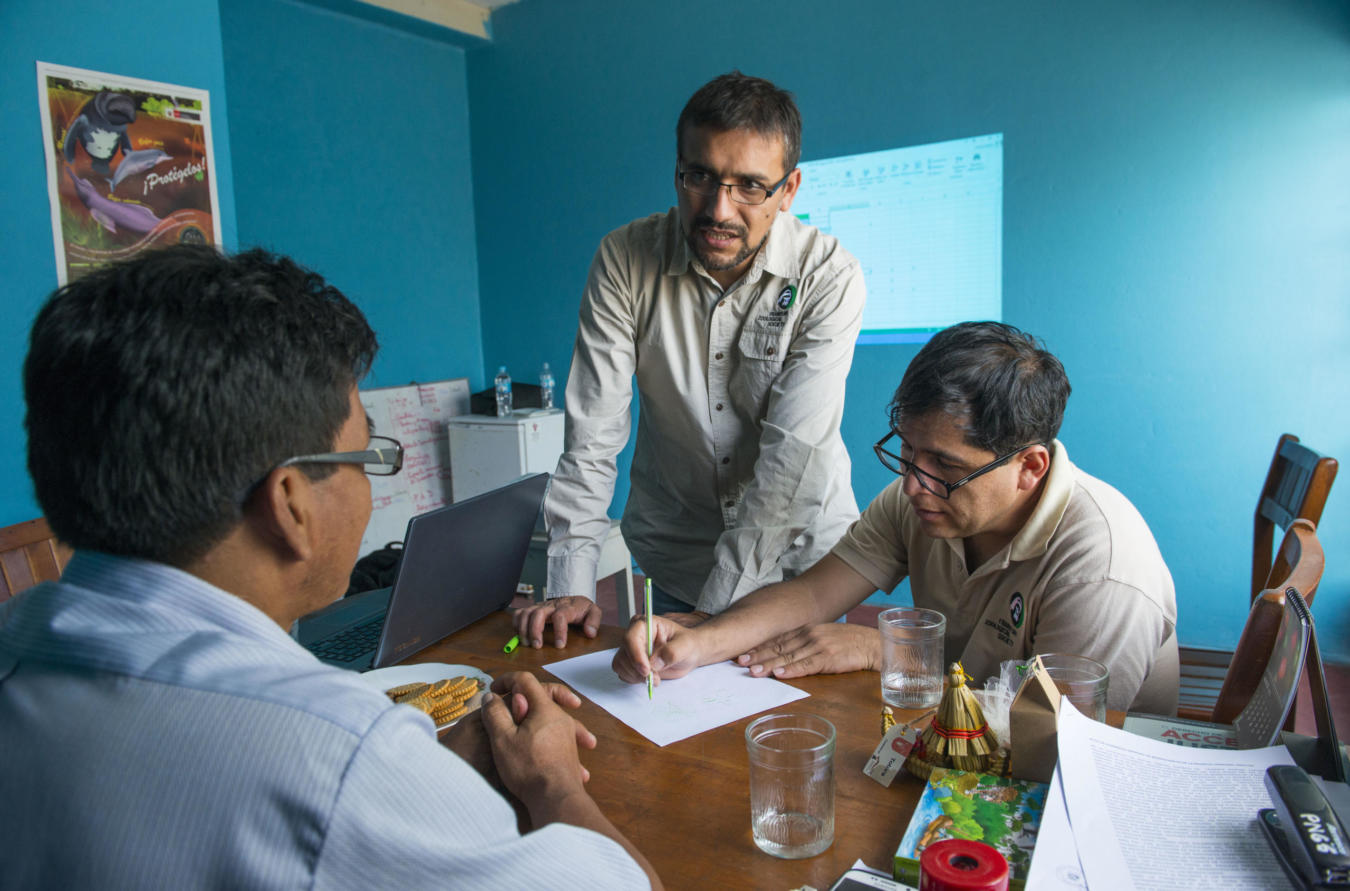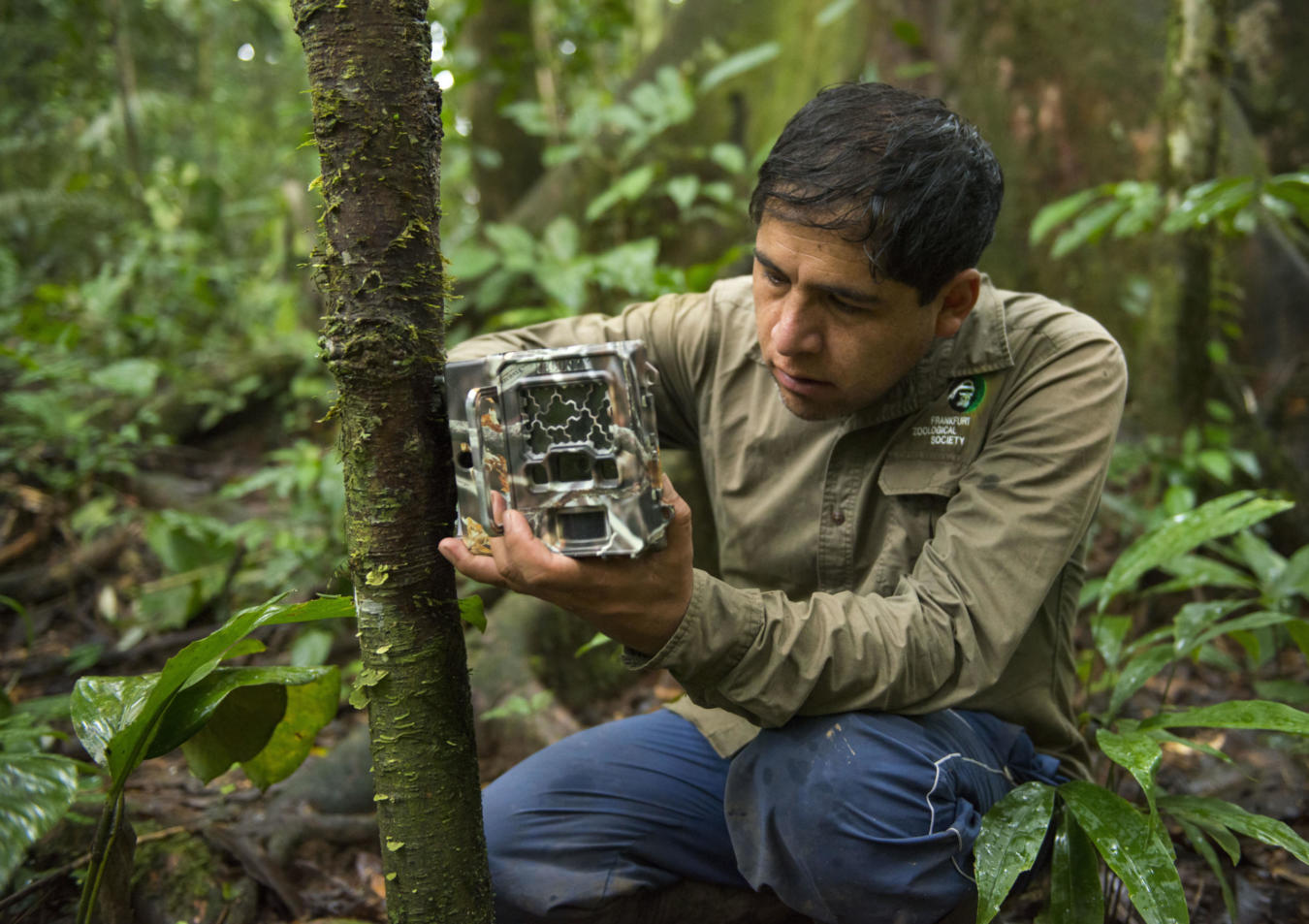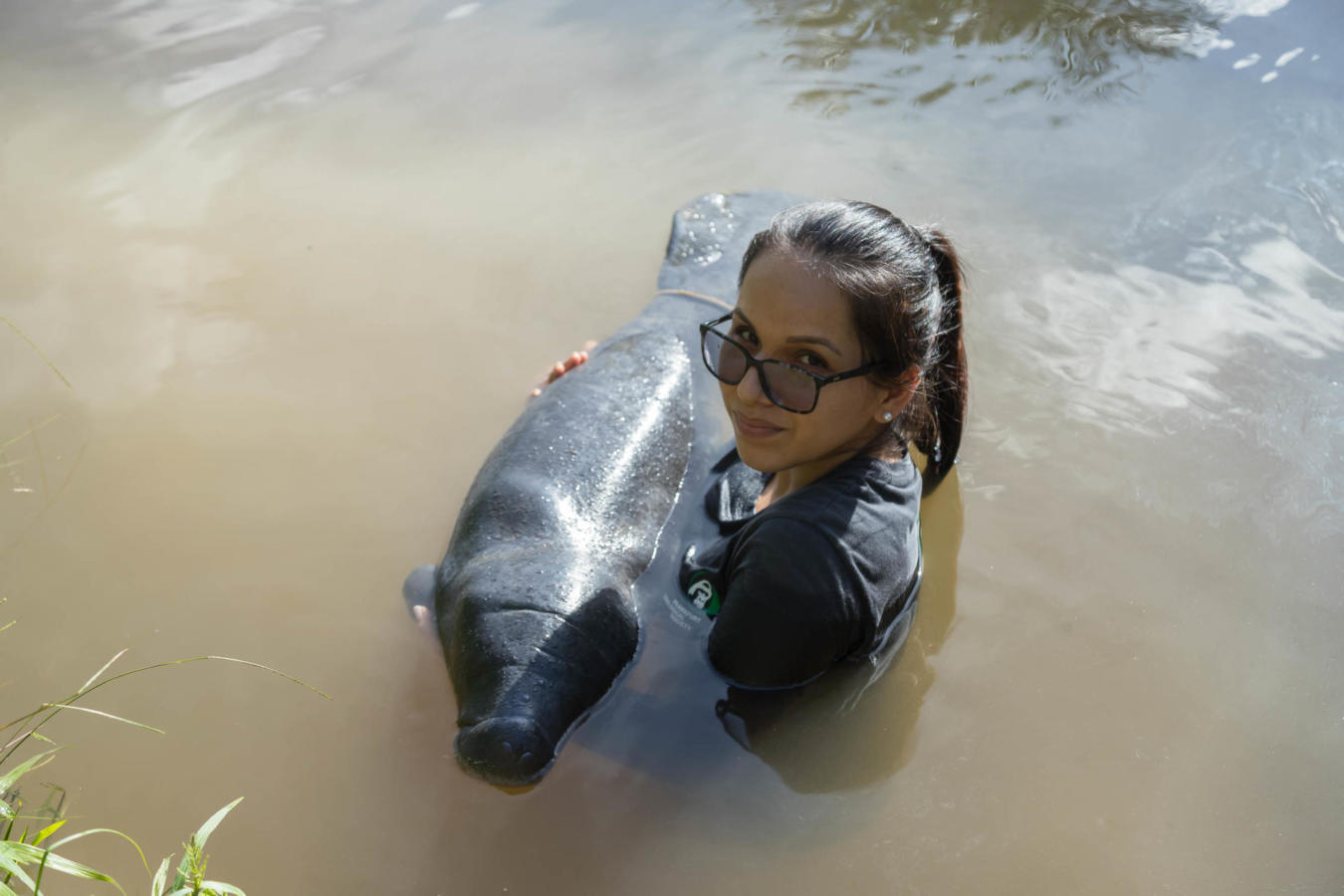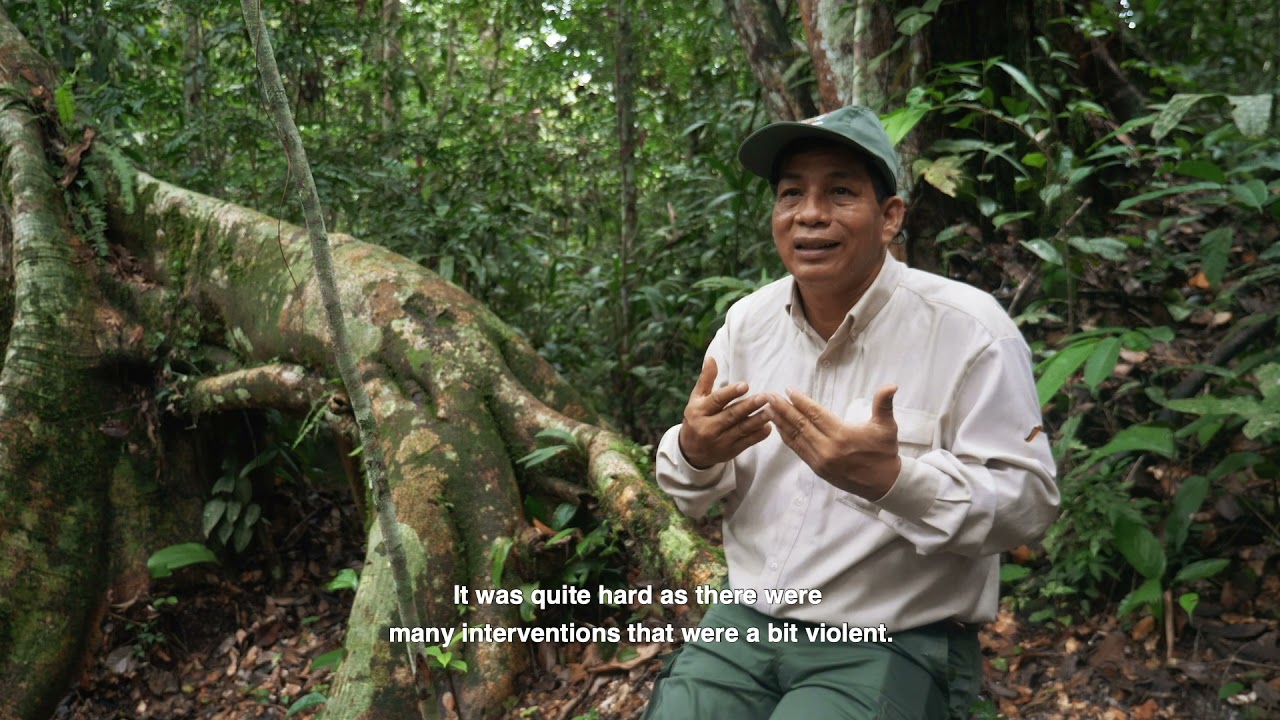The Yaguas-Putumayo Landscape at the lower Putumayo River is a biological corridor between southern Colombia and northern Peru, with virtually uninterrupted forest cover and healthy aquatic ecosystems. Terrestrial and aquatic animals can still move freely through the region and maintain connectivity between populations.
More than 3,000 species of plants and over 700 species of vertebrates were recorded in 2019, making it one of the most diverse places in the Peruvian Amazon. The Yaguas and Lower Putumayo landscape is also home to many endangered species, such as the pink river dolphin, South American manatee, giant otter, giant anteater, and woolly monkey.
Data from ichthyology studies indicate that the Yaguas River Basin hosts the most diverse fish fauna within Peru, with more than 65% of Peruvian fish species, including species of economic value such as the Arapaima gigas, Vulture catfish, and the ornamental fish Arowana.
In addition, there exists significant cultural connectivity between the many different indigenous ethnic groups that live in this landscape, with communities from both Peru and Colombia belonging to the same linguistic groups and sharing resources in times of need, under traditional informal agreements.
The Yaguas -Putumayo Landscape encompasses the recently created Yaguas National Park and neighboring protected areas, covering a total of 14,146 km² of high-biodiversity areas in this northwestern part of Peru.
- Project name: Protection of the Yaguas National Park
- Size of the National Park: 8,689 km²
- Project area size: 14,146 km²
- Project leader: Claus Garcia
- Project start: 2015
- Yaguas-Putumayo
- How we support Yaguas-Putumayo Landscape
- Partners
- back to top
- Support the active participation of government authorities and civil society in the management of the protected areas by establishing a management plan and a management committee
- Remote surveillance through high-resolution satellite images, overflights, and the use of drones to detect illegal activities
- Support SERNANP in their law enforcement operations against illegal activities in the buffer and core zones of the protected areas
- Annual monitoring of the giant otter and Amazonian manatees that serve as indicators of ecosystem health
- Annual review of tree cover and amount of deforestation
- Support biological research, e.g. about fish
- Support the creation of the Lower Putumayo Communal Reserve, adjacent to Yaguas National Park, which will protect the territory of 13 communities of Lower Putumayo. The communal reserve category will allow the co-management of the area together with the adjacent local communities and will allow them the sustainable use of the natural resources
- Raise awareness about the importance of biodiversity and the benefits of protected areas for the well-being of local people
- Establish a participatory community surveillance system to benefit the protection of Amazonian manatee habitat in the Yaguas River basin
- Reduce pollution alongside communal water bodies in the lower Putumayo basin
- Promote the participation of authorities, the local population in events, which strengthen the protection and conservation of the landscape
- Support local communities in Lower Putumayo and Ampiyacu Rivers, to make sure their use of natural resources is sustainable, and to improve their income and food security
- Support sustainable fishing practices in local communities in the Lower Putumayo River basin
- Development of a binational strategy of control and surveillance activities together with the protected area authority of Colombia
- Promote the participation of authorities and local populations in bi-national events with conservation stakeholders in Colombia
Successful conservation is always the result of great teamwork. We collaborate with local communities, national authorities, and conservation organizations. Our partners make our conservation work possible.
-
 Peruvian authority of natural protected areas (SERNANP)
Peruvian authority of natural protected areas (SERNANP) -
 Ministerio del Ambiente (MINAM)
Ministerio del Ambiente (MINAM) -
 Fondation Segré
Fondation Segré -
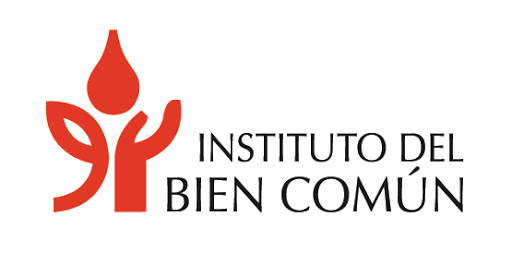 Instituto del Bien Común (IBC)
Instituto del Bien Común (IBC) -
 Chicago Field Museum
Chicago Field Museum -
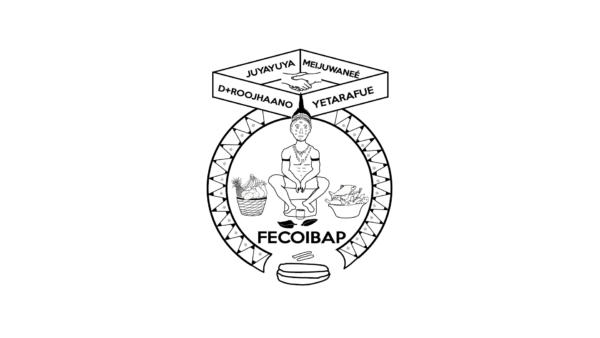 Federación de Comunidades Indígenas del Bajo Putumayo (FECOIBAP)
Federación de Comunidades Indígenas del Bajo Putumayo (FECOIBAP) -
 Federación de Comunidades Nativas Fronterizas del Putumayo (FECONAFROPU)
Federación de Comunidades Nativas Fronterizas del Putumayo (FECONAFROPU) -
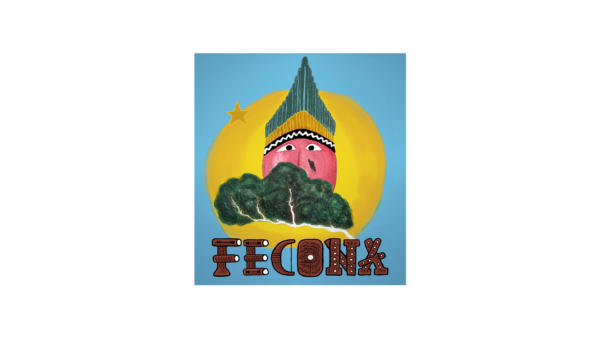 Federación de Comunidades Nativas del Ampiyacu (FECONA)
Federación de Comunidades Nativas del Ampiyacu (FECONA)






